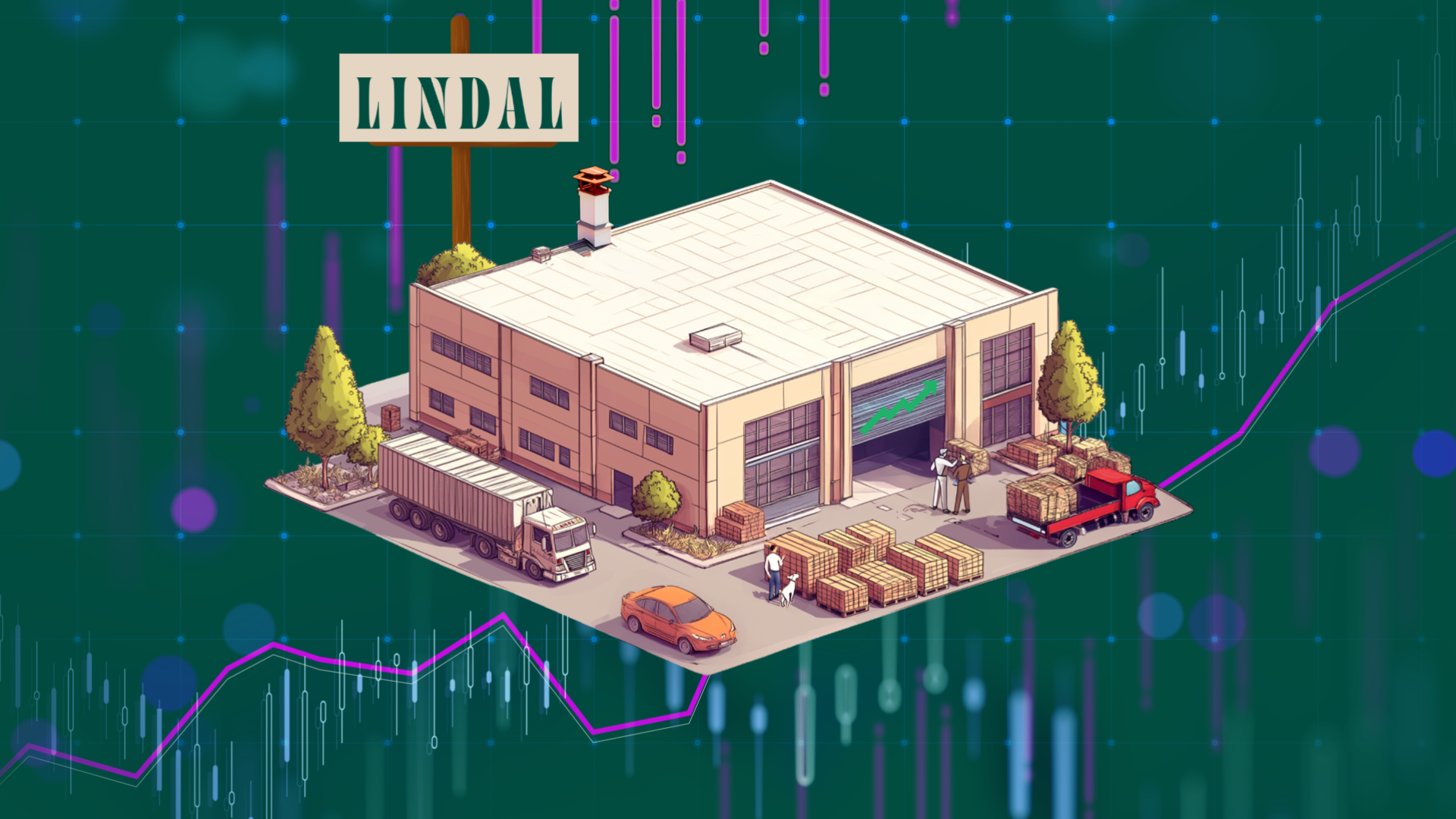Vision Statement
Vision:
“To lead the sustainable energy transition by producing high-quality, eco-friendly briquettes and pellets that power homes and businesses, reduce carbon footprints, and contribute to a cleaner planet.”
Roadmap
Phase 1: Foundation of investment platform LINDAL & Product Development (Year 1)
Objective: Establish a solid for operations and develop high-quality briquettes and pellets.
Key Milestones:
Research & Development: Optimize the manufacturing process for energy-efficient briquettes and pellets.
Supply Chain Development: Secure more reliable sources for raw materials and establish relationships with more suppliers than we have now.
Technology Integration: Invest in state-of-the-art machinery and technology to streamline the production process and ensure high-quality output.
Production: Launch the second production line and begin average-scale manufacturing of briquettes and pellets.
Market and brand: Expand market presence and brand recognition in Baltics.
- Sales Network Expansion: Develop more partnerships with distributors, retailers, and energy suppliers to reach a wider audience. Attend renewable energy trade shows and events.
- Brand Awareness Campaigns: Run targeted advertising campaigns and PR efforts to educate the market on the environmental benefits of your product.
- Quality Certification: Obtain certifications (such as ENplus for pellets) to strengthen your product’s credibility in the market and appeal to environmentally-conscious consumers.
Phase 2: Regional expansion in EU (Year 2)
Objective: Scale production capacity and expand regionally.
Key Milestones:
Increase Production Capacity: Invest in additional production lines and automation to meet growing demand.
Regional Market Expansion: Enter new geographical markets, either through direct sales or partnerships with local distributors.
R&D for New Products: Explore creating value-added products, such as biofuels for industrial use, or explore options for innovation (e.g., enhancing the energy density of pellets).
- Diversification of Products: Expand the product line to include other renewable energy solutions like biomass-based energy or eco-friendly heating products.
- Carbon Neutrality & Certifications: Achieve carbon neutrality through sustainable practices and carbon offset programs. Apply for environmental certifications to support the eco-friendly message.
- Global Expansion: Enter international markets, focusing on regions with high demand for renewable energy solutions (e.g., EU.
- Research & Innovation: Invest in continuous R&D to improve product quality and develop new sustainable energy products.

